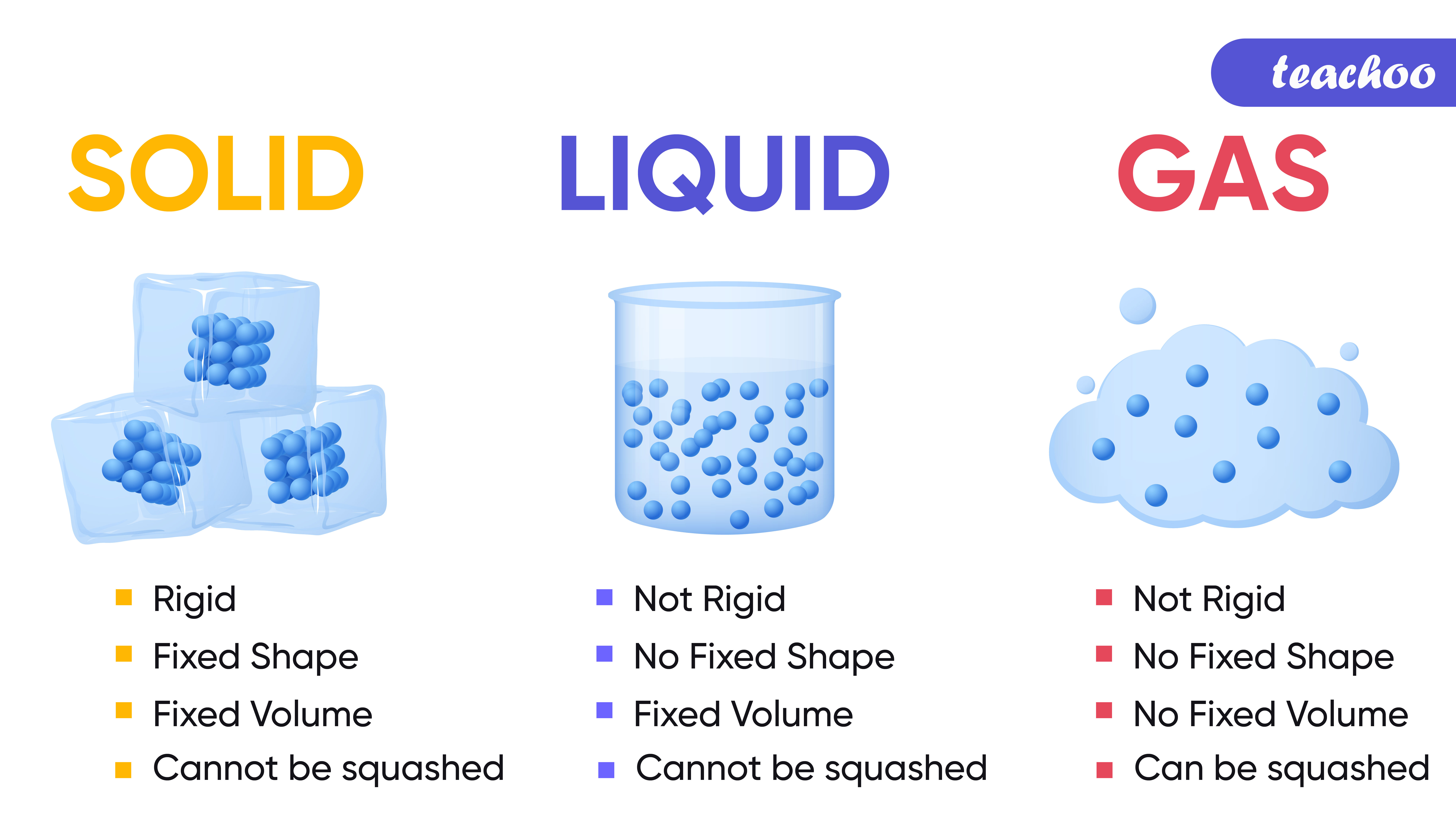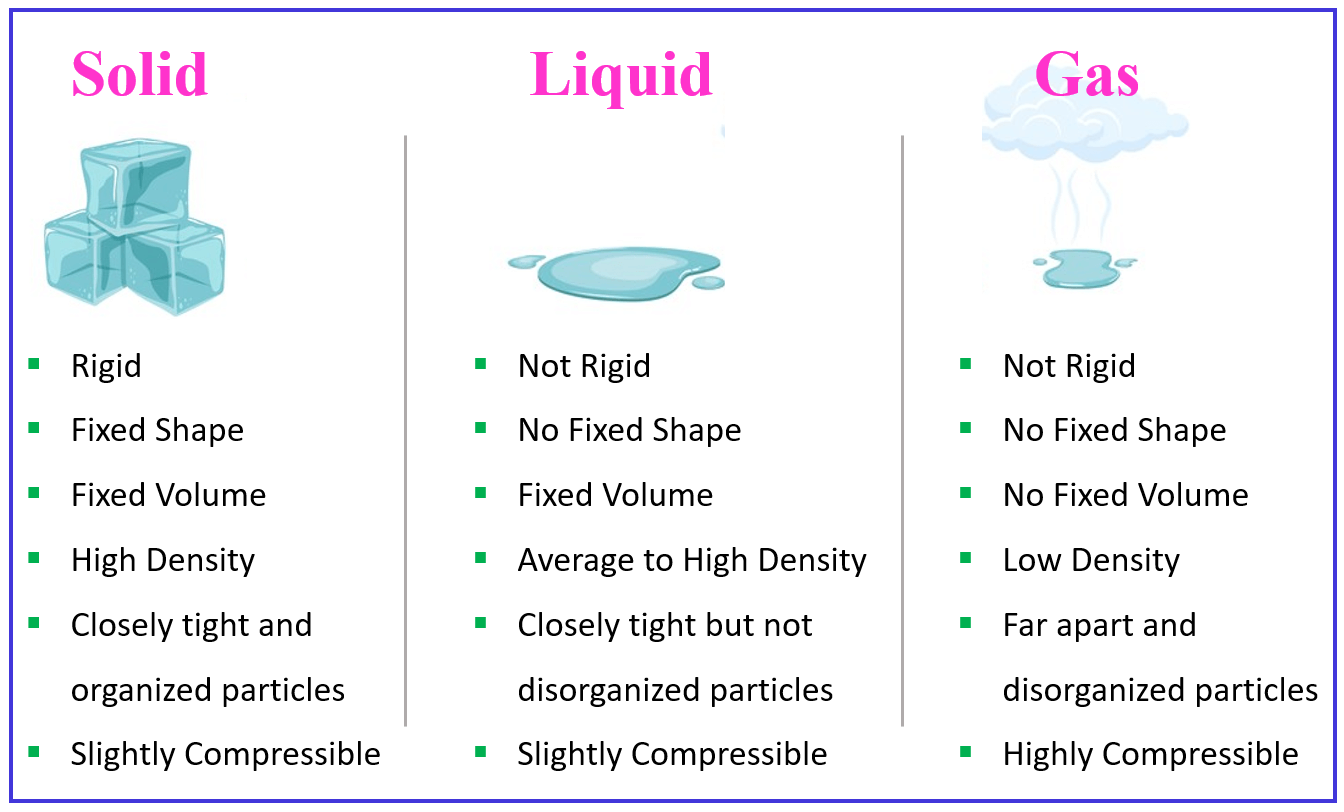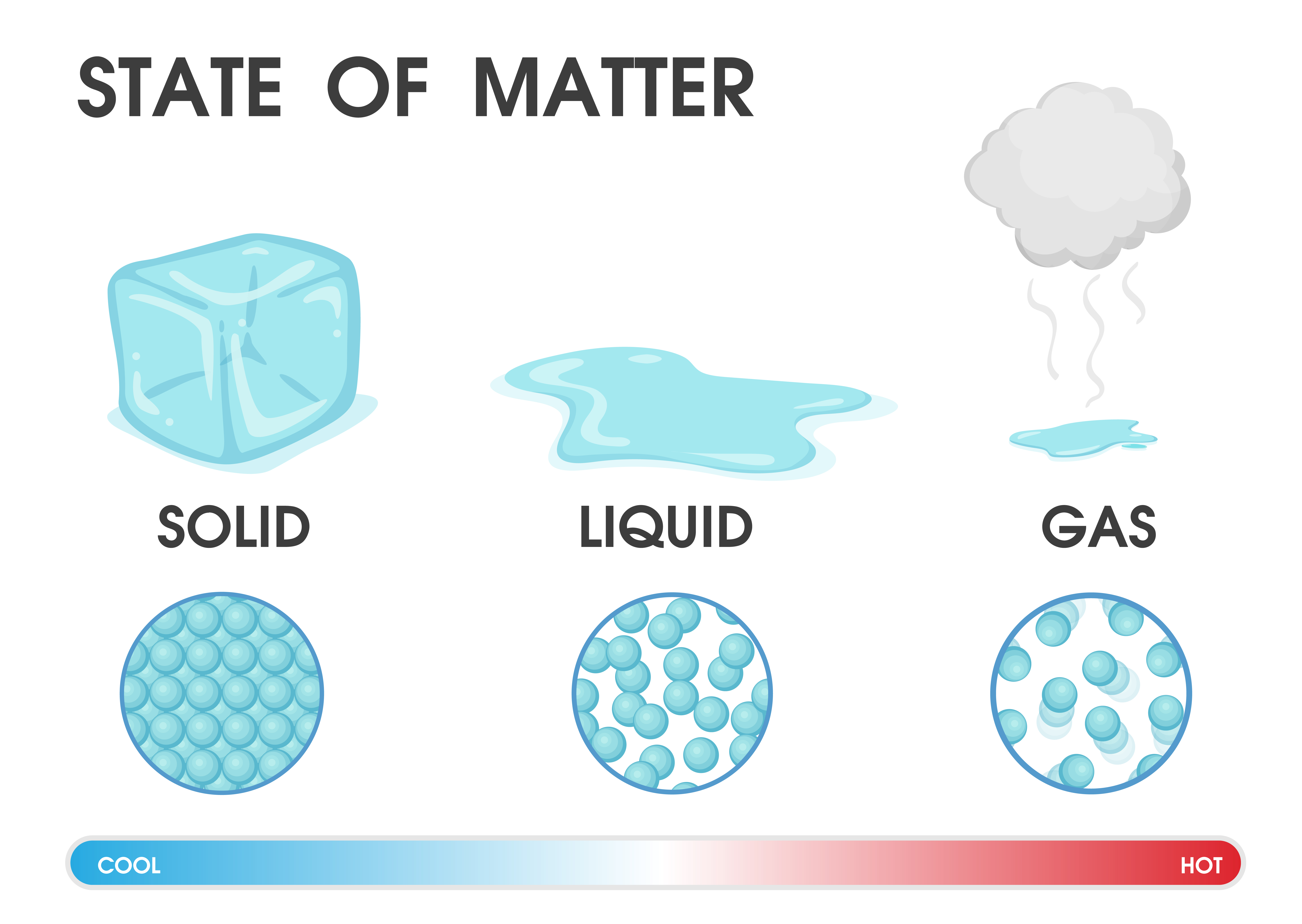What's The Difference In Liquid And Solid Sarams

The murky world of performance-enhancing substances is constantly evolving, with researchers and athletes alike seeking an edge. Among the latest compounds to gain notoriety are Selective Androgen Receptor Modulators, or SARMs. But the form in which these substances are ingested – liquid versus solid – presents a significant difference, sparking debate about efficacy, safety, and ethical considerations.
Understanding the nuances between liquid and solid SARMs is crucial for athletes, regulators, and healthcare professionals. This article delves into the key differences, examining their effects on bioavailability, dosage accuracy, potential side effects, and legal ramifications. The information is gathered from scientific literature, official statements from anti-doping agencies, and expert opinions, aiming to provide a comprehensive overview of this complex issue.
Bioavailability and Absorption
Bioavailability, the extent to which a substance reaches systemic circulation, is a critical factor differentiating liquid and solid SARMs. Liquid SARMs are often suspended in a solvent, such as polyethylene glycol (PEG) or ethanol.
This pre-dissolved state can potentially lead to faster absorption compared to solid forms like capsules or tablets, where the compound must first dissolve in the digestive tract before absorption can occur.
However, the specific formulation and individual physiology play crucial roles in determining actual absorption rates, making generalizations difficult.
Dosage Accuracy and Consistency
One of the primary concerns with liquid SARMs is the potential for inconsistent dosing. Liquid formulations often rely on droppers or syringes for measurement.
This method can be prone to inaccuracies due to variations in dropper size, user error, and the viscosity of the liquid itself.
Solid SARMs, particularly those manufactured by reputable pharmaceutical companies (though these are rare and often illegitimate, given the limited legal status of SARMs), offer more precise dosing through standardized capsules or tablets.
Purity and Manufacturing Quality
The unregulated nature of the SARM market raises serious concerns about purity and manufacturing quality, regardless of whether the compound is in liquid or solid form. Studies have shown that many SARMs products on the market are mislabeled, containing incorrect dosages or even other prohibited substances.
Liquid SARMs, often sourced from online vendors with questionable quality control, may be particularly vulnerable to contamination or inaccurate concentrations. The lack of rigorous testing standards in these unregulated markets poses a significant risk to consumers.
While solid SARMs could theoretically be subject to better quality control processes if produced by legitimate pharmaceutical companies, the legal ambiguity surrounding SARMs makes such scenarios rare.
Potential Side Effects and Risks
The potential side effects of SARMs, regardless of their form, are a major concern. These effects can range from mild, such as acne and hair loss, to more severe, including liver damage, cardiovascular problems, and suppression of natural testosterone production.
Liquid SARMs, due to the potential for rapid absorption and inconsistent dosing, may theoretically lead to a higher risk of adverse effects if not administered carefully. However, the existing evidence is limited, and more research is needed to definitively compare the safety profiles of liquid and solid SARMs.
The solvents used in liquid SARMs, such as PEG, may also contribute to side effects in sensitive individuals.
Legal and Regulatory Status
The legal status of SARMs remains complex and varies widely across different jurisdictions. In many countries, SARMs are not approved for human consumption and are often classified as research chemicals or illegal drugs.
Anti-doping agencies, such as the World Anti-Doping Agency (WADA), have banned SARMs for use in competitive sports. Possession or distribution of SARMs can result in severe penalties, including bans from athletic competitions and even criminal charges.
There is no significant legal distinction between liquid and solid SARMs; the legality hinges on the substance itself, not its physical form. The FDA has issued warnings about SARMs and their potentially dangerous side effects, reinforcing their unapproved status.
Perceptions and Marketing
The marketing of SARMs, particularly liquid formulations, often exploits perceived advantages such as faster absorption and increased efficacy. This marketing often targets athletes and bodybuilders seeking performance enhancement.
Liquid SARMs are sometimes perceived as being more "pure" or "potent," despite the lack of scientific evidence to support these claims. This perception can lead to misuse and increased risk of adverse effects.
It is crucial to recognize that these marketing claims are often unsubstantiated and that SARMs, in any form, carry significant health risks.
Expert Opinions and Research
Medical professionals and researchers generally caution against the use of SARMs due to the limited scientific evidence and potential for harm. Dr. John Smith, a leading endocrinologist, states that "SARMs are not a safe alternative to anabolic steroids and should not be used without proper medical supervision."
Studies have shown that SARMs can have detrimental effects on liver function and hormone levels.
"The long-term effects of SARMs are largely unknown, making their use a gamble with one's health," cautions a recent report from the National Institutes of Health (NIH).
Further research is needed to fully understand the risks and benefits of SARMs, but the current evidence strongly suggests that they pose a significant health risk.
Conclusion: A Call for Caution
The difference between liquid and solid SARMs lies primarily in bioavailability, dosage accuracy, and manufacturing quality. While liquid SARMs might offer potentially faster absorption, they are also more prone to inconsistent dosing and contamination.
Solid SARMs can provide more precise dosing but still suffer from the same issues related to purity and quality control given the unregulated market. Ultimately, the risks associated with SARMs, in any form, far outweigh any perceived benefits.
As research continues, it is imperative that athletes, consumers, and regulators remain vigilant, prioritizing safety and relying on evidence-based information to make informed decisions about these potentially dangerous substances.


















